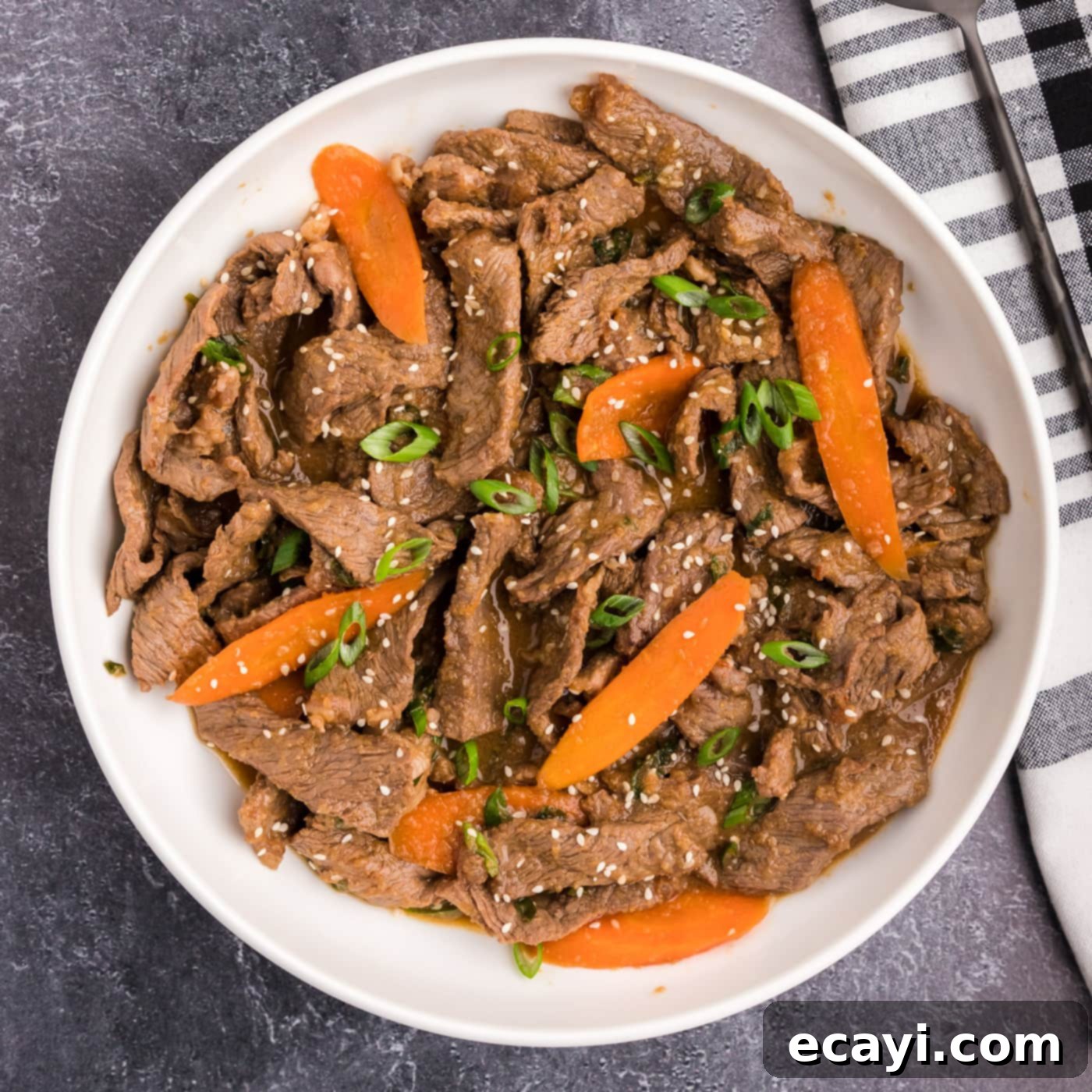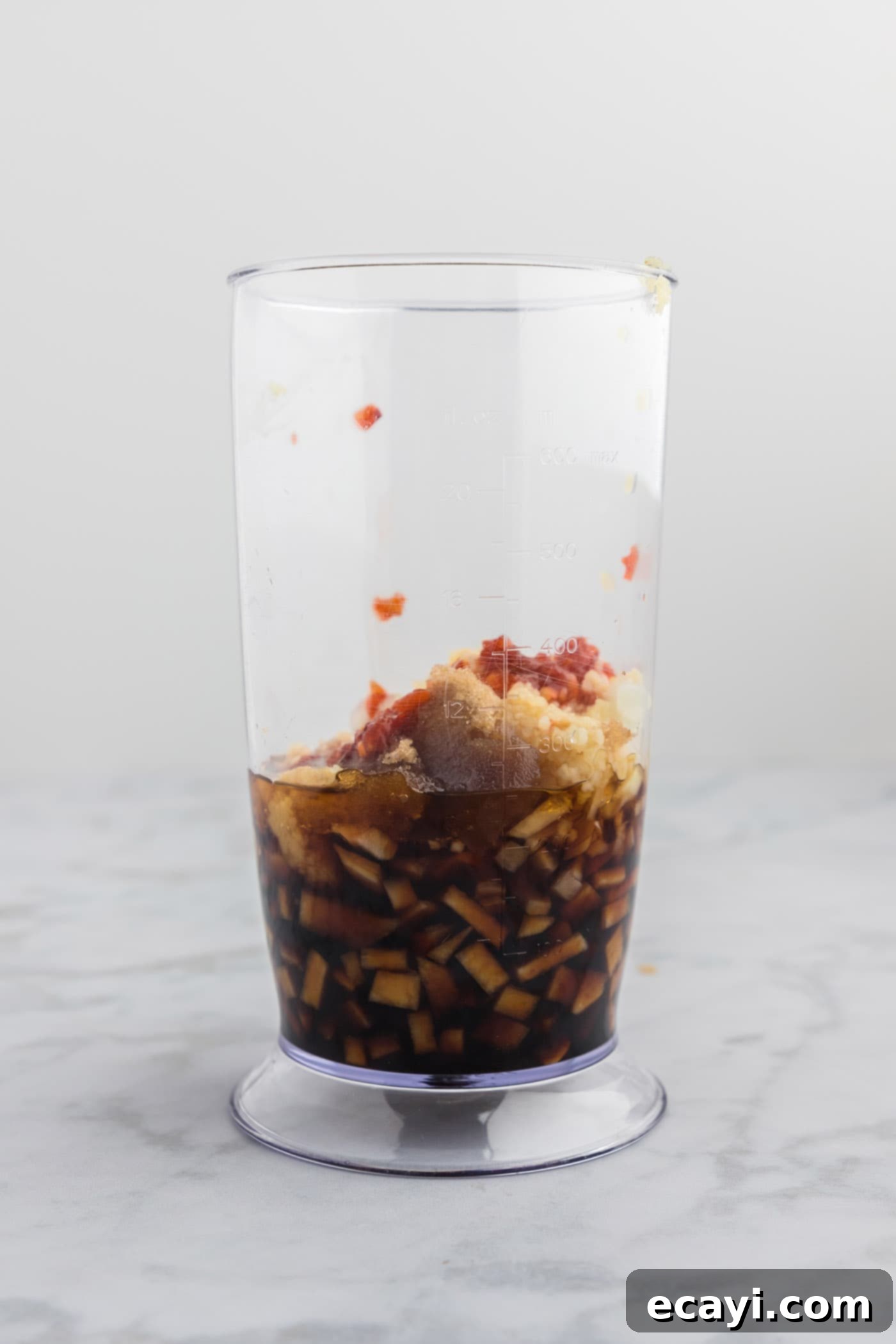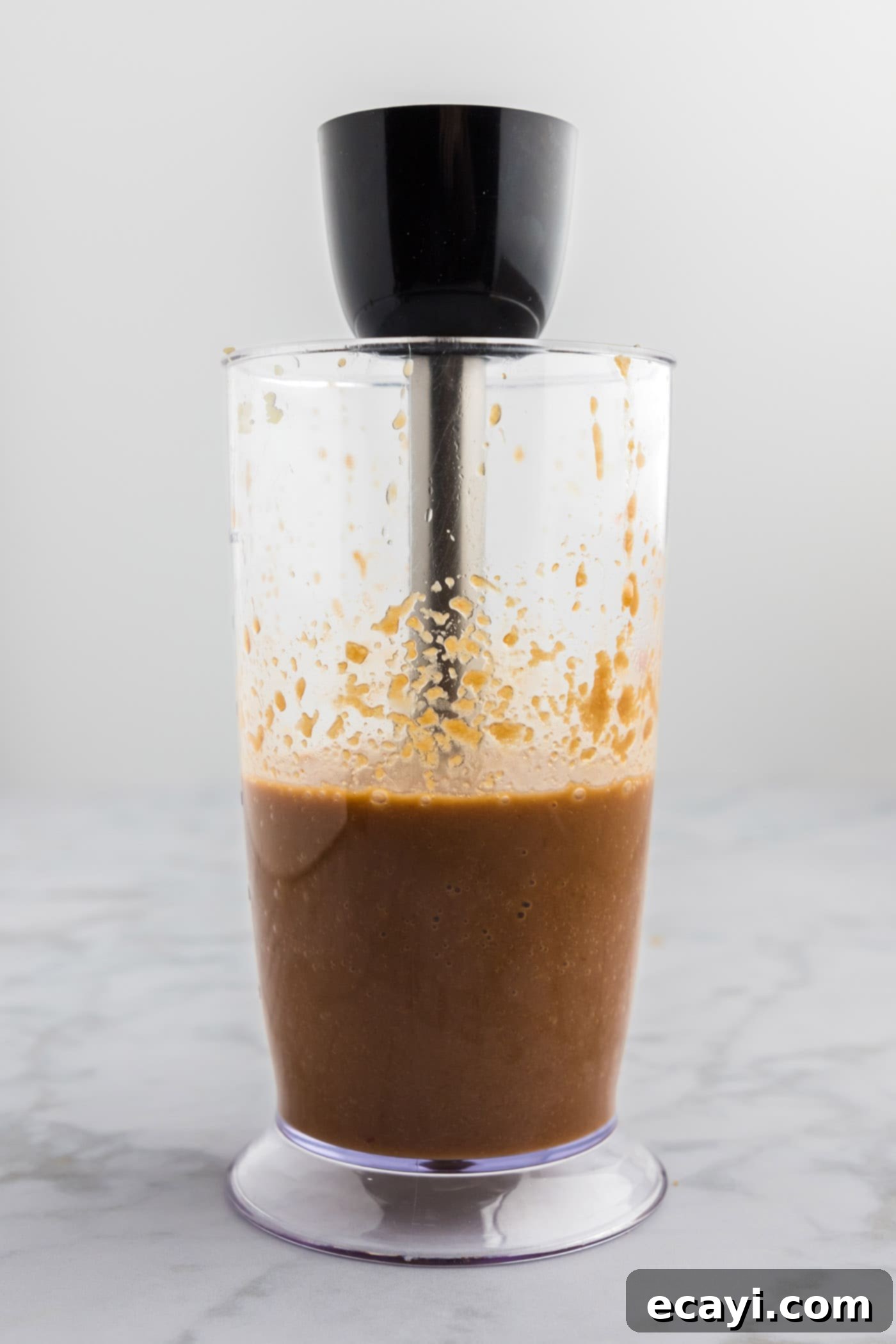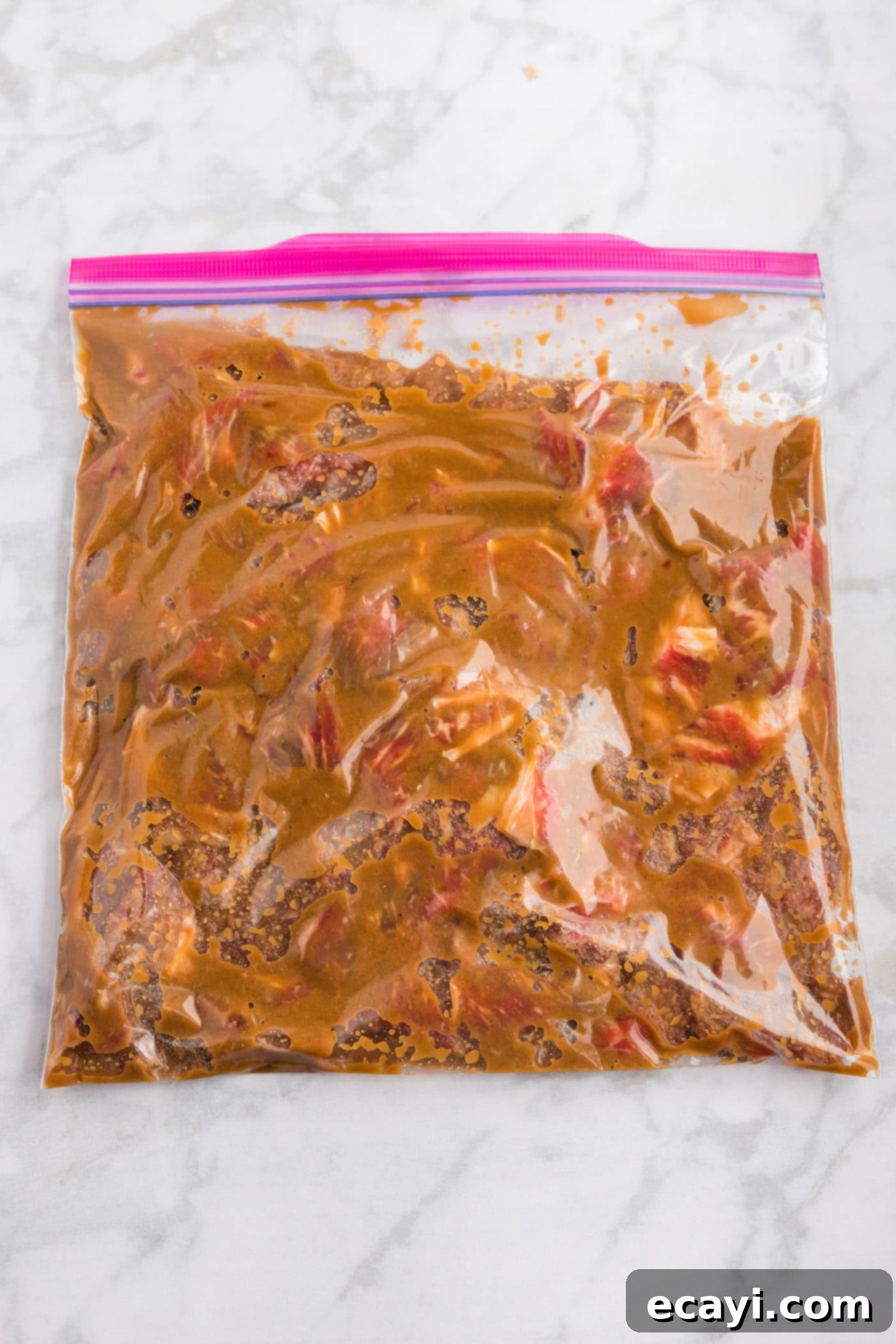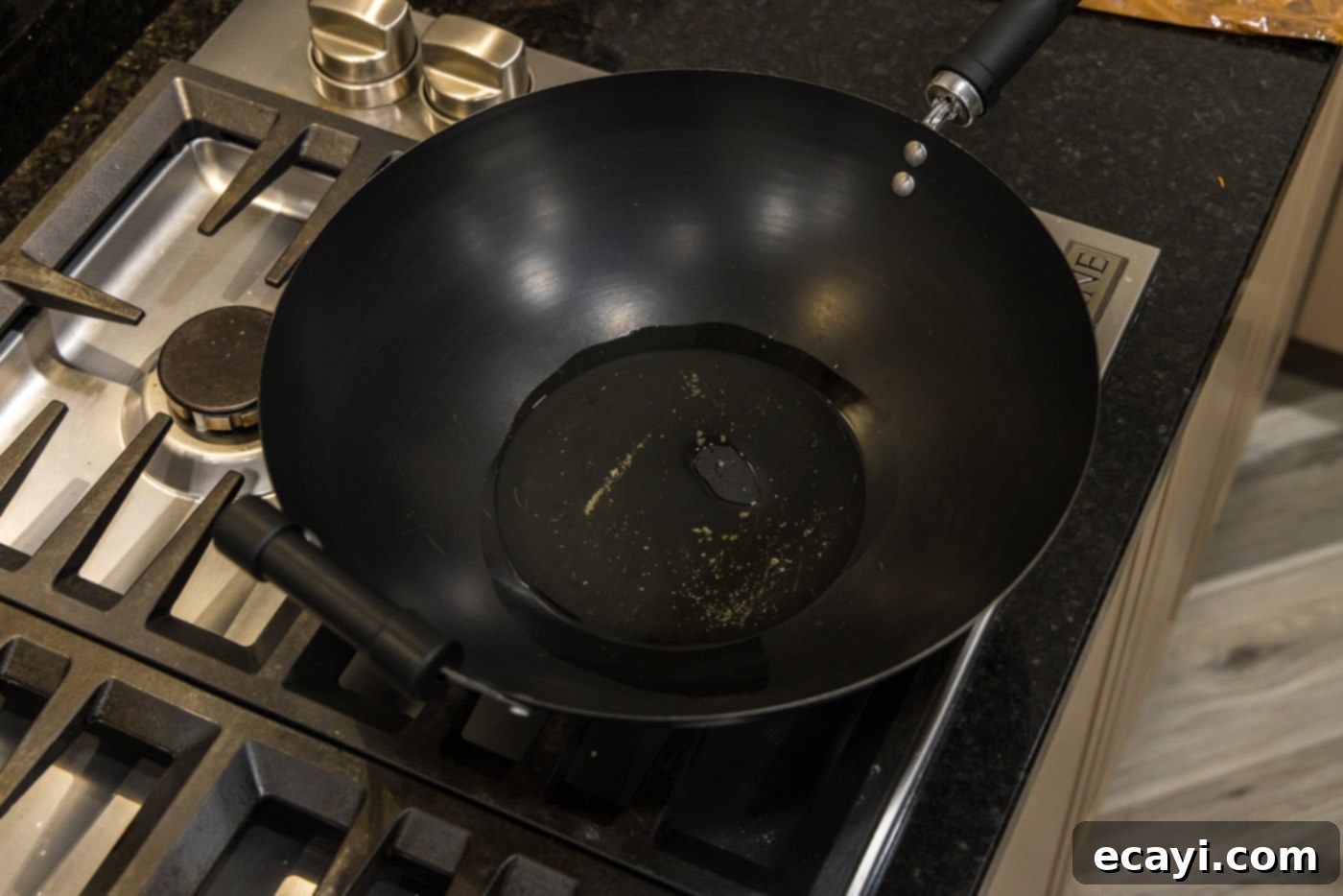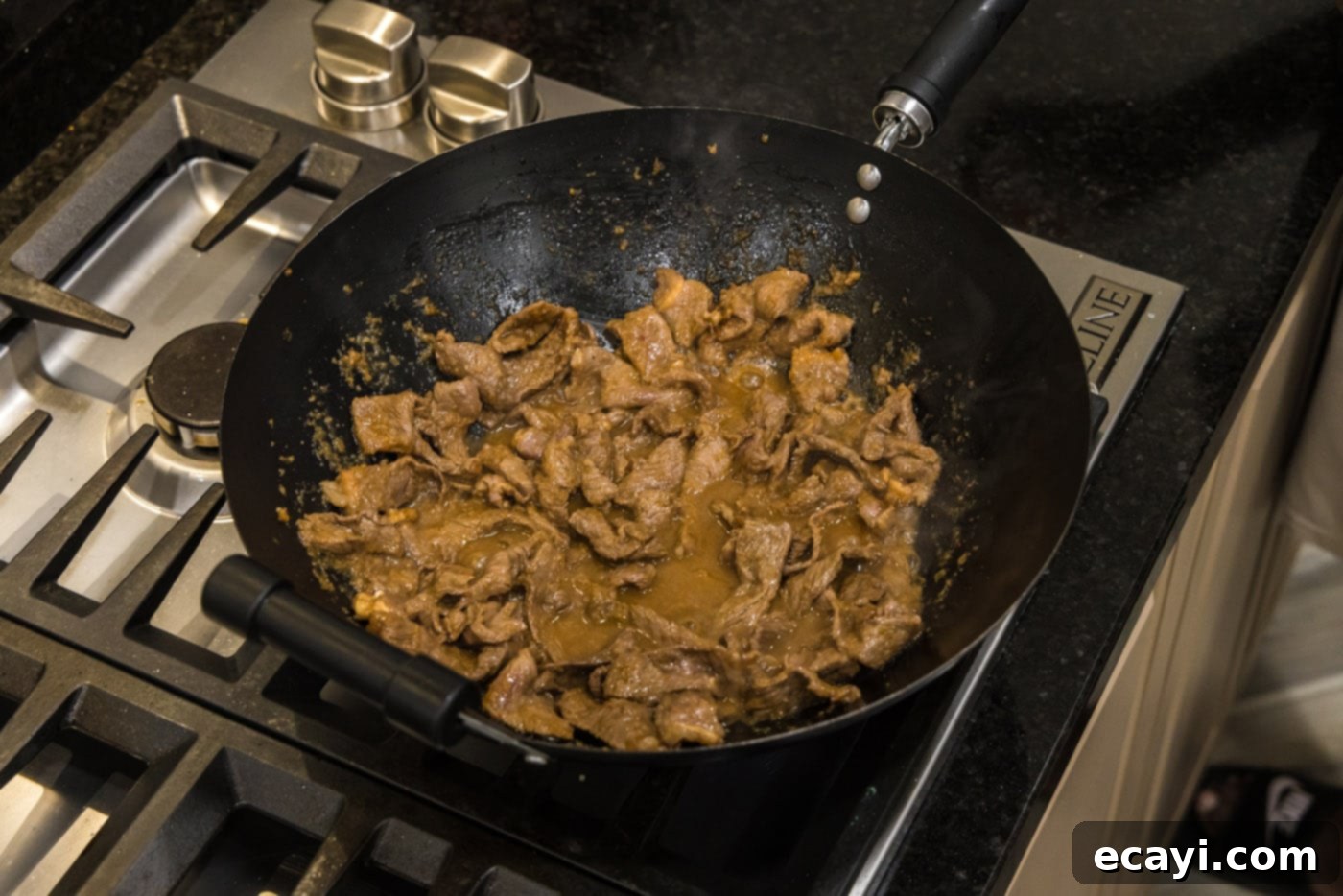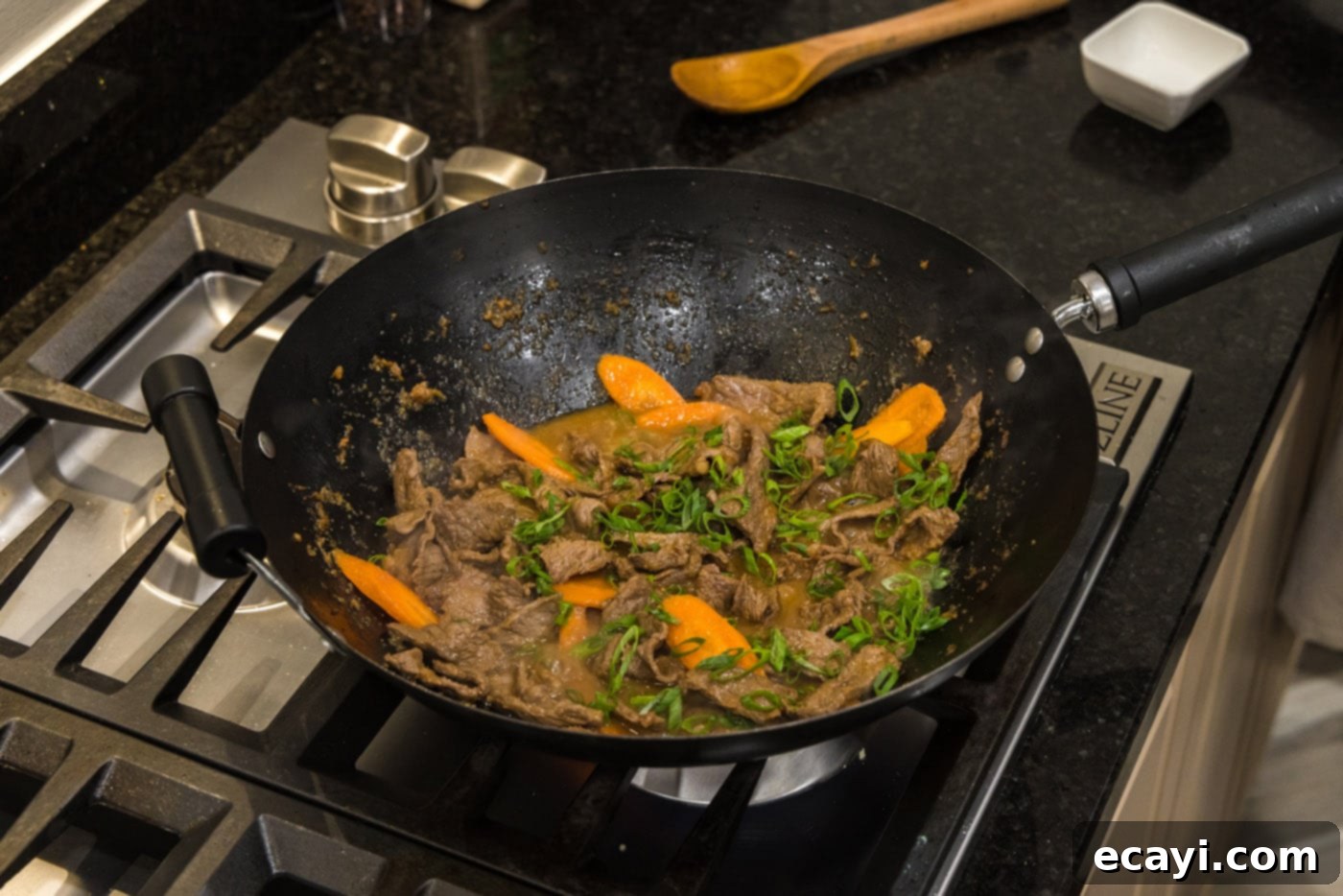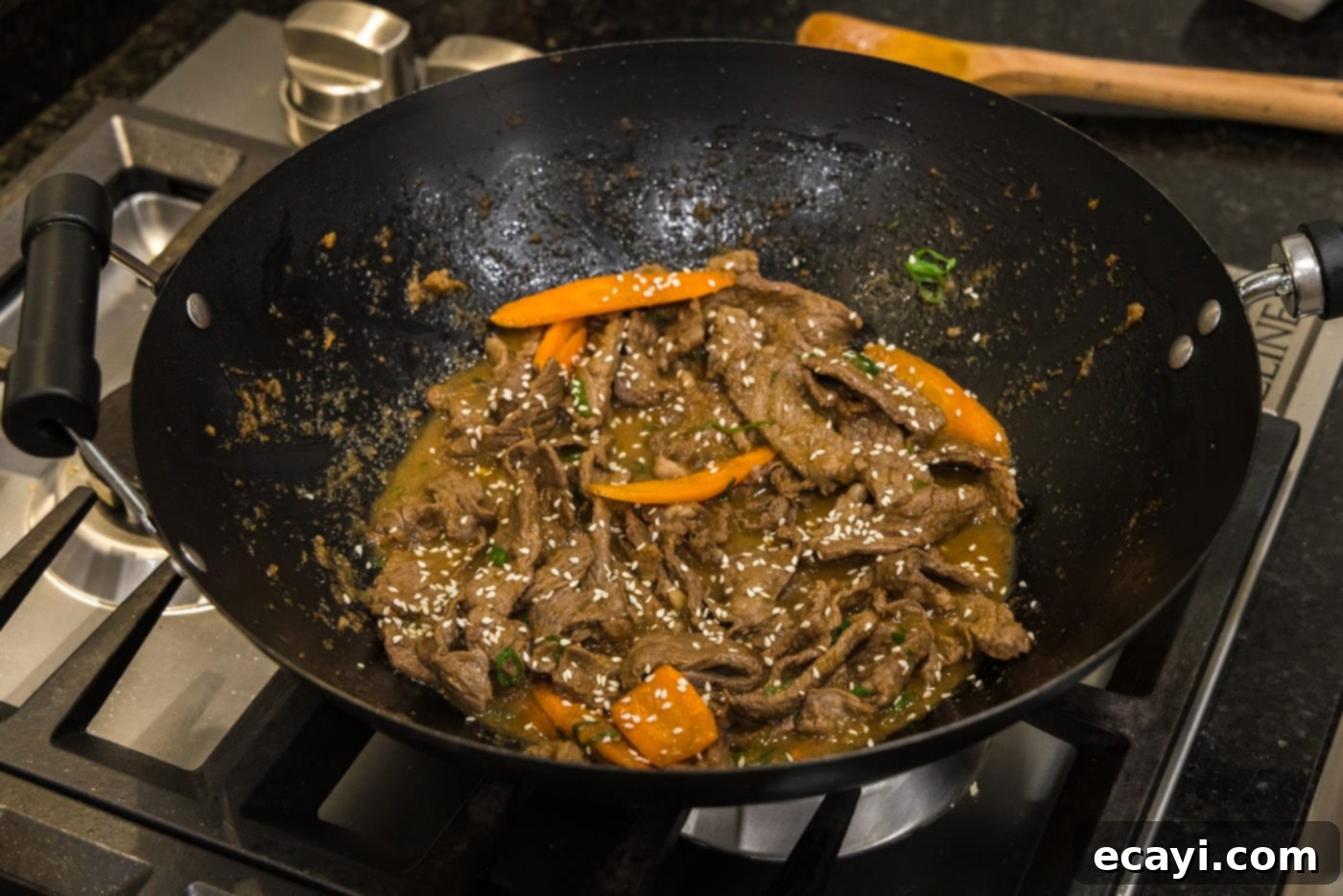Tender & Flavorful Homemade Beef Bulgogi: Your Ultimate Korean BBQ Experience
Indulge in the exquisite flavors of Korea right in your own kitchen with this incredible homemade beef bulgogi recipe. Thinly sliced ribeye, meticulously marinated with a symphony of sweet, savory, and subtly spicy ingredients, then quickly stir-fried to perfection in a wok, results in an irresistibly tender and mouthwatering dish. This authentic Korean BBQ classic promises an unforgettable culinary journey, making it a perfect meal for family dinners or entertaining guests.
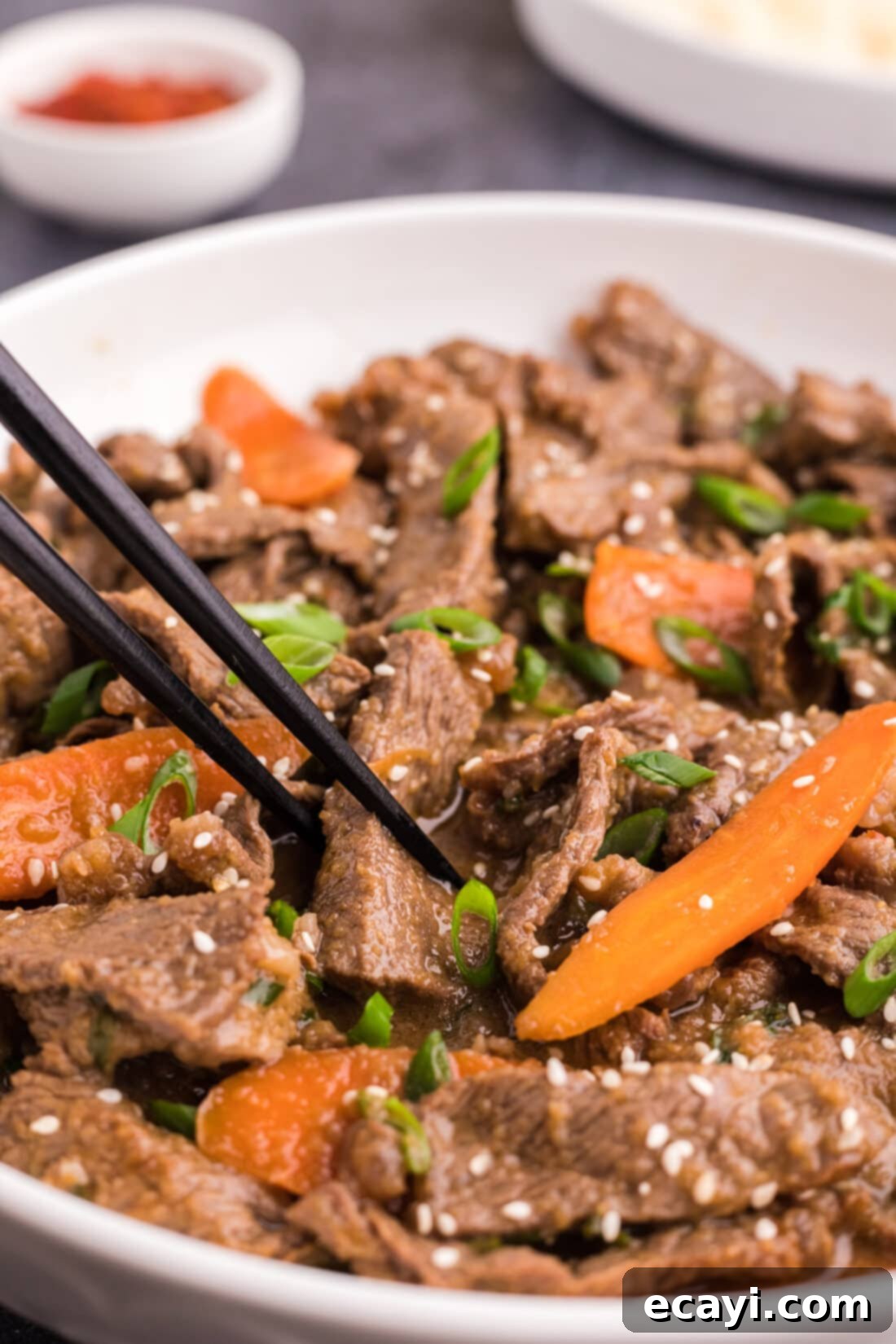
Why This Homemade Beef Bulgogi Recipe Works Wonders
Beef bulgogi, a crown jewel of Korean cuisine, is more than just a dish; it’s an experience. This recipe stands out because it captures the true essence of traditional Korean BBQ, delivering results that are both authentic and incredibly delicious. At its heart is a perfectly balanced homemade marinade, designed to infuse every delicate strip of beef with an explosion of flavor and ensure unparalleled tenderness.
The Secret is in the Marinade
Our bulgogi marinade is a carefully crafted blend of fresh, aromatic ingredients: juicy chopped pears, pungent onions, zesty ginger, robust garlic, a touch of vibrant chili sauce, and savory soy sauce. The pears and onions aren’t just for flavor; they contain natural enzymes that act as tenderizers, breaking down the beef fibers during marination. This creates a delightful harmony of sweet and savory notes, with just a hint of heat that deepens with every bite. This unique combination transforms ordinary ribeye into a succulent, melt-in-your-mouth delight that’s characteristic of the best bulgogi.
Perfectly Tender, Every Time
Beyond the marinade, the preparation method plays a crucial role. Thinly slicing the beef against the grain is key to achieving that signature tender texture. Coupled with a quick stir-fry in a hot wok, this ensures the beef cooks rapidly and evenly, searing on the outside while remaining incredibly juicy and tender within. This efficient cooking method prevents the meat from becoming tough, a common pitfall in less precise recipes.
A Gateway to Korean Cuisine
Korean barbecue is celebrated worldwide for its communal dining style and incredible flavors, and if you’re new to this vibrant cuisine, our beef bulgogi recipe is the perfect starting point. It’s approachable, yields fantastic results, and introduces you to the complex yet harmonious taste profiles found in many Korean dishes. Alongside our Korean fried chicken, this bulgogi offers an authentic and highly enjoyable way to explore the rich culinary landscape of Korea.
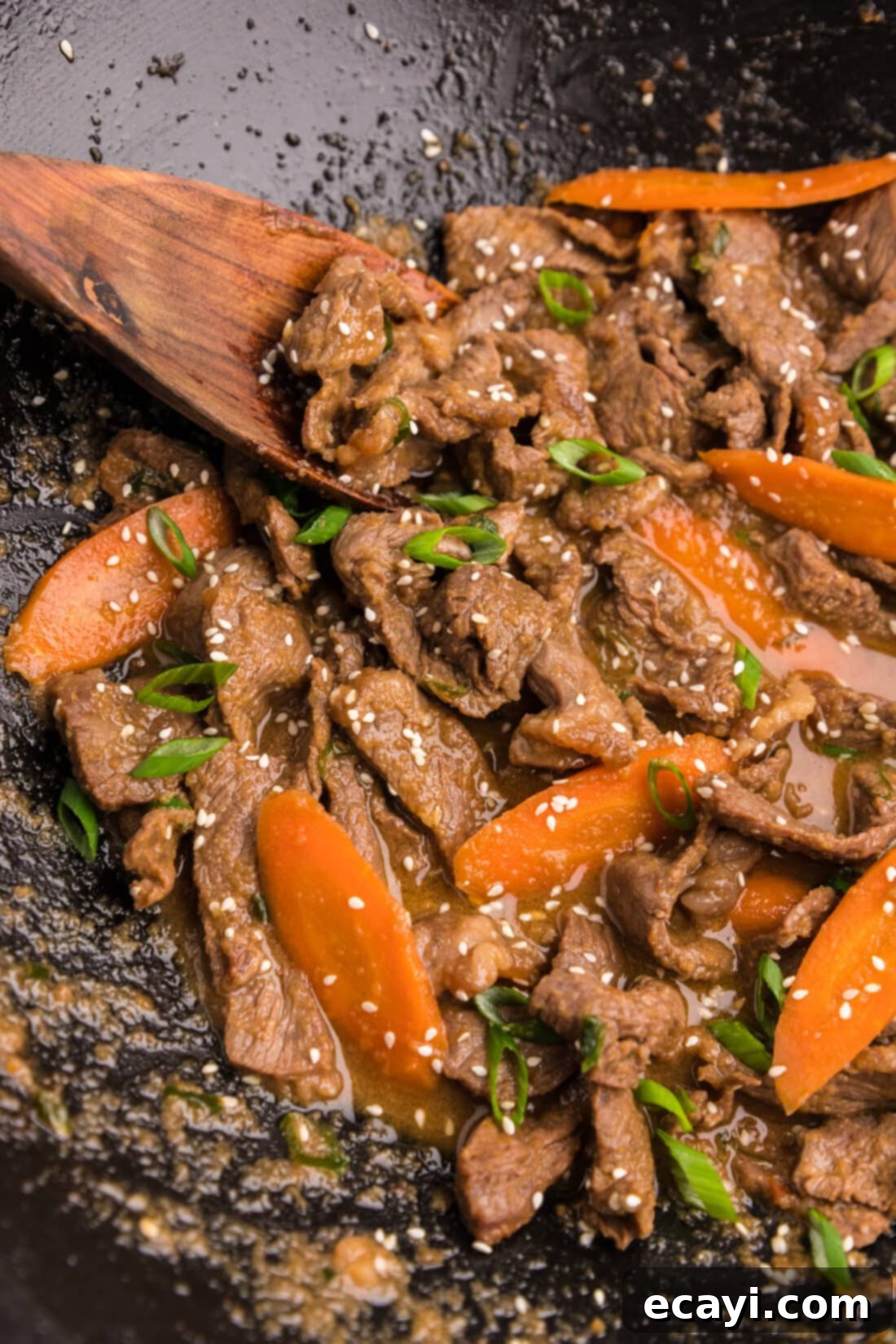
Ingredients You Will Need for Authentic Beef Bulgogi
To create this irresistible beef bulgogi, you’ll need a selection of fresh ingredients for both the main dish and the star of the show: the marinade. All precise measurements, ingredients, and detailed instructions can be found in the printable recipe card at the conclusion of this comprehensive post.
Essential Components for the Dish
For the main components of your bulgogi, gather:
- **Boneless Beef Ribeye Steaks:** The preferred cut for its marbling and tenderness.
- **Olive Oil:** For stir-frying the beef to perfection.
- **Sliced Carrots:** Adding a touch of sweetness, color, and a pleasant crunch.
- **Sliced Green Onion (green parts only):** For freshness, mild onion flavor, and garnish.
- **Sesame Seeds:** Toasted, for a nutty aroma and visual appeal as a garnish.
Crafting the Flavorful Marinade
The marinade is where the magic happens. You’ll need:
- **Chopped Pears:** Essential for natural sweetness and tenderizing properties. Asian pears are ideal if available.
- **Chopped Onion:** Adds depth and another layer of savory-sweet notes.
- **Packed Brown Sugar:** Contributes to the signature sweetness and helps with caramelization.
- **Honey:** For a rich, distinct sweetness and glossy finish.
- **Minced Ginger:** Provides a warm, spicy aroma and flavor.
- **Minced Garlic:** A fundamental aromatic in Korean cooking, offering a robust, savory base.
- **Asian Chili Sauce:** Adds a gentle kick of heat that balances the sweetness. Adjust to your preference.
- **Low Sodium Soy Sauce:** The base of the savory flavor. Using low sodium allows for better control of the saltiness.
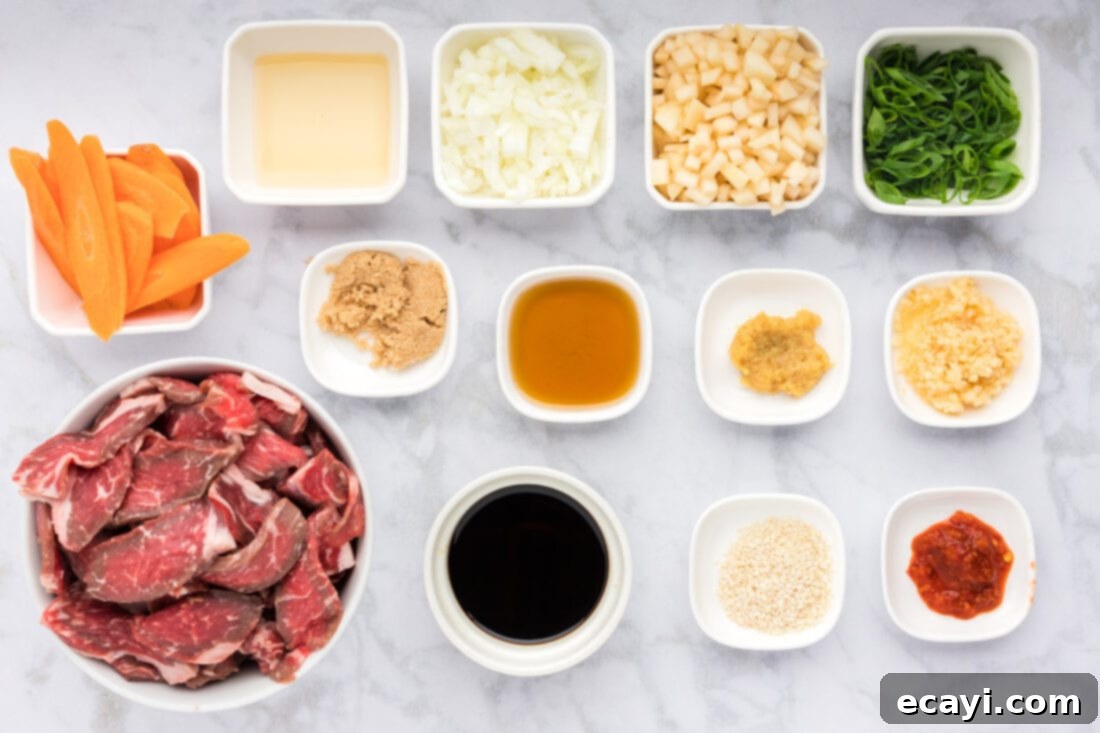
Ingredient Information and Smart Substitution Suggestions
Understanding your ingredients and knowing when and how to make substitutions can elevate your cooking experience and adapt this delicious bulgogi recipe to your pantry and preferences.
Choosing the Right Beef for Bulgogi
BEEF – The key to truly tender bulgogi lies in both the cut of beef and how it’s prepared. We highly recommend **boneless beef ribeye steaks** for their excellent marbling and rich flavor, which results in incredibly tender and juicy bulgogi. Approximately 20 minutes before you plan to slice the beef, place it in the freezer. This crucial step firms up the meat, making it significantly easier to slice into thin, uniform strips against the grain. Thin slices are paramount, as they absorb the marinade more effectively and cook quickly, ensuring tenderness.
While ribeye is our top choice, you can certainly substitute it with other tender cuts. **Beef tenderloin** is another luxurious option, known for its exceptional tenderness, though it can be pricier. **Sirloin** also works well, offering a good balance of flavor and tenderness. For a more budget-friendly alternative that still performs admirably in stir-fries, **flank steak** is a great choice. When using flank steak, ensure you slice it very thinly against the grain to maximize tenderness, and you might consider marinating it for a slightly longer period.
Mastering the Bulgogi Marinade
MARINADE – The marinade is the heart and soul of bulgogi. Each ingredient plays a vital role in creating its signature sweet, savory, and subtly spicy profile, while also tenderizing the meat. The combination of chopped pears, onions, ginger, and garlic creates a complex flavor base that is both fresh and robust.
- **Pears:** Specifically, **Asian pears** (also known as Nashi pears) are traditional and highly recommended if you can find them at your local Asian grocery store or a well-stocked supermarket. They are sweeter, juicier, and contain higher levels of natural enzymes (like calpain) that are excellent at breaking down meat fibers, leading to superior tenderness. If Asian pears aren’t available, common Bosc or Anjou pears can be used as a substitute, though you might get a slightly less potent tenderizing effect.
- **Onions, Ginger, and Garlic:** These aromatics are non-negotiable for their foundational savory and pungent flavors that define Korean cuisine. Always opt for fresh ingredients for the best taste.
- **Soy Sauce:** We specify **low-sodium soy sauce** to give you better control over the overall saltiness of the dish. Feel free to adjust to your preference. If you need a gluten-free option, tamari is an excellent substitute.
- **Sweeteners (Brown Sugar & Honey):** These contribute to the bulgogi’s characteristic sweetness and help with caramelization during cooking, giving the beef a beautiful sheen and depth of flavor.
- **Asian Chili Sauce:** This adds a crucial hint of heat. Gochujang (Korean chili paste) is the most authentic choice, offering a rich, fermented chili flavor. If you don’t have gochujang, sriracha or another mild chili-garlic sauce can be used, though the flavor profile will be slightly different.
A clever tip: if you like, you can **reserve a portion of the marinade** before adding the beef. Once the beef is cooked, mix this reserved marinade with a little cornstarch dissolved in water to create a thickened, flavorful gravy or sauce. This adds another layer of richness to your dish, perfect for serving over rice.
Additional Vegetables & Garnishes
While carrots and green onions are included in this recipe, bulgogi is highly customizable with vegetables. Consider adding sliced mushrooms (shiitake or cremini), bell peppers (any color), or thinly sliced white onion to the stir-fry for added flavor, texture, and nutritional value. Always stir-fry these vegetables briefly to maintain some of their crispness. Don’t forget the **toasted sesame oil** for drizzling at the end and **sesame seeds** for garnish; they add a quintessential nutty aroma and visual appeal.
How to Make Flavorful Beef Bulgogi: Step-by-Step Guide
These step-by-step photos and instructions are here to help you visualize how to make this recipe. You can Jump to Recipe to get the printable version of this recipe, complete with measurements and instructions at the bottom.
Preparing the Beef for Optimal Tenderness
- **Slice the beef thinly against the grain.** This is a critical step for tender bulgogi. As mentioned, partially freezing the beef for about 20 minutes beforehand will make this task much easier. Slicing against the grain shortens the muscle fibers, resulting in a more tender chew. Set the sliced beef aside.
Crafting the Aromatic Marinade
- **Place all marinade ingredients into an immersion blender or a regular blender.** Blend until the mixture is completely smooth and no chunks of pear or onion remain. A smooth marinade ensures even flavor distribution and maximizes the tenderizing effect of the fruit enzymes.


- **Combine the thinly sliced beef and the freshly blended marinade in a plastic gallon zipper bag.** Ensure the beef is thoroughly coated. For optimal flavor infusion and tenderization, allow the beef to marinate at room temperature for 1 hour. If you prefer to prepare it further in advance, you can marinate it in the refrigerator for up to overnight. Longer marination in the fridge will deepen the flavors even more.

The Art of the Stir-Fry
- **Add olive oil to a wok or large, heavy-bottomed skillet and heat on medium-high until it is shimmering.** High heat is crucial for achieving a good sear on the beef and preventing it from steaming, which can lead to a less desirable texture. Make sure your pan is properly hot before adding the beef.

- **Using tongs, carefully remove the beef from the marinade bag, allowing any excess marinade to drip off.** Place the beef in a single layer into the hot skillet. Avoid overcrowding the pan; cook the beef in batches if necessary. Overcrowding will lower the pan’s temperature and cause the beef to steam rather than sear.

- **Cook the beef, stirring frequently, until no pink remains.** Because the beef is sliced so thinly, it will cook very quickly, typically within 2-4 minutes per batch. Be careful not to overcook, as this can make the beef tough despite the tenderizing marinade.
- **Add the sliced carrots to the wok and continue to cook, stirring occasionally, for 2-3 minutes.** This allows the carrots to soften slightly while still retaining a pleasant crisp-tender texture.
- **Finally, add the sliced green onion (green parts only) and sesame seeds.** Stir everything together and cook for an additional minute. This quick cook warms the green onions and allows their fresh flavor to permeate the dish, while the sesame seeds add a final touch of nutty aroma and crunch. Your authentic homemade beef bulgogi is now ready to serve!


Frequently Asked Questions & Expert Tips for Perfect Bulgogi
Store any leftover beef bulgogi in an airtight container in the refrigerator for up to 4 days. To reheat, gently warm it over medium-low heat in a skillet or wok, adding a splash of water or broth if it seems dry. Be careful not to overcook it, as the beef is already very tender.
For the most tender and flavorful beef bulgogi, we strongly recommend cuts like **ribeye, sirloin, or beef tenderloin**. These cuts have good marbling and a naturally tender texture. **Flank steak** is also an excellent and more affordable alternative; just ensure it’s sliced very thinly against the grain for best results. The key is thin slicing and marination to ensure melt-in-your-mouth tenderness.
Absolutely! While a wok is ideal for stir-frying due to its high heat retention and curved shape, a large, heavy-bottomed skillet or cast-iron pan will work perfectly. The most important factor is ensuring the pan gets very hot before adding the beef and that you don’t overcrowd it. Cook in batches if necessary to maintain high heat and achieve a good sear.
The best trick for perfectly thin slices is to partially freeze your beef for about 20-30 minutes before slicing. It should be firm but not completely solid. Use a very sharp chef’s knife and slice against the grain. This technique makes the meat easier to handle and ensures consistent, delicate strips that soak up the marinade beautifully and cook quickly.
Yes, you can prepare the marinade up to 2-3 days in advance and store it in an airtight container in the refrigerator. When you’re ready to cook, simply add the sliced beef to the prepared marinade. The beef can marinate for a minimum of 1 hour at room temperature, or up to overnight (8-12 hours) in the refrigerator for deeper flavor.
Tough bulgogi is usually a result of two main issues: **improper slicing** or **overcooking**. Always slice the beef thinly *against the grain* to break up the muscle fibers. Also, ensure you cook the beef quickly over high heat, without overcrowding the pan. Thin slices cook in just a few minutes, so keep a close eye on it to avoid drying out the meat.
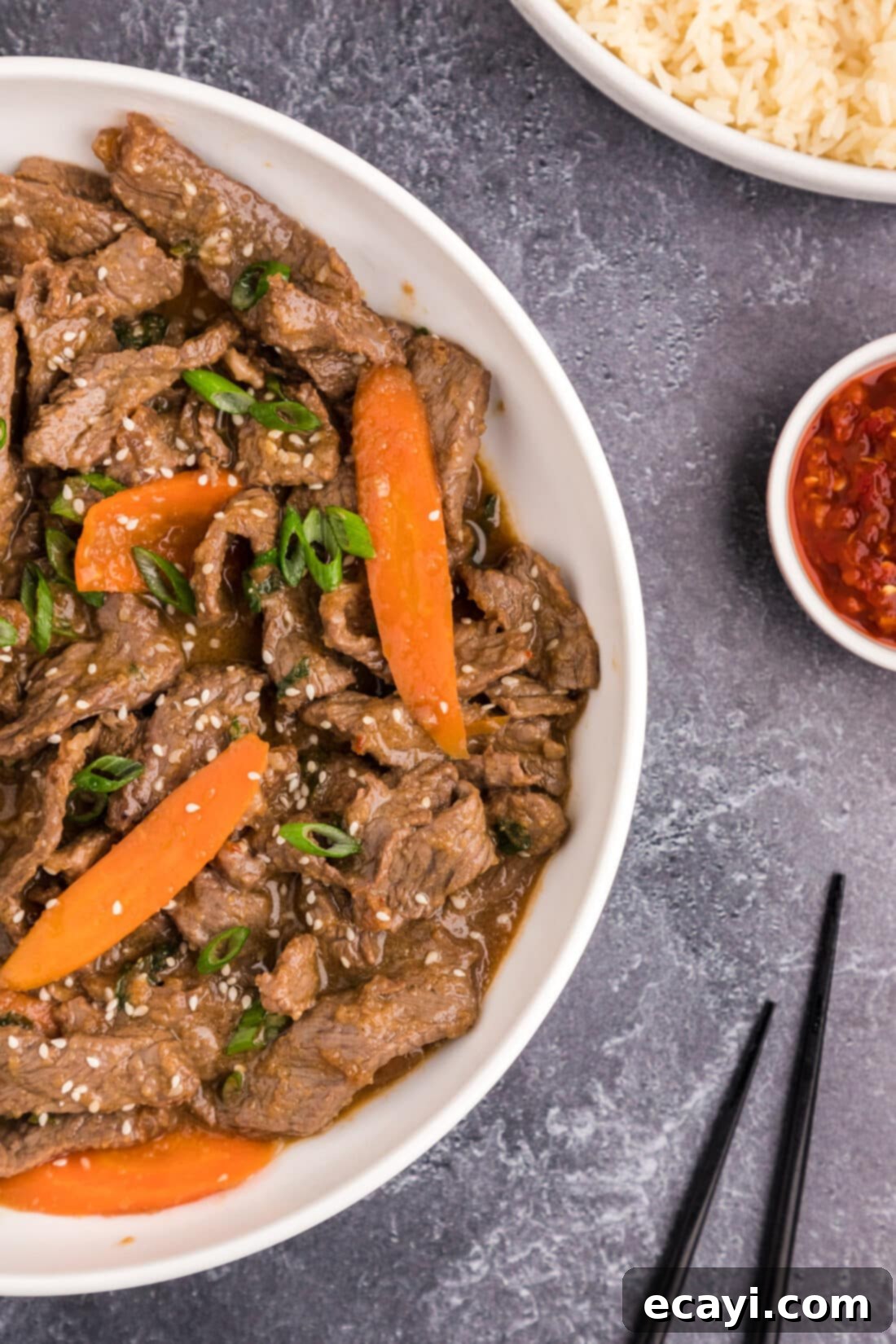
Delicious Serving Suggestions for Beef Bulgogi
Once your irresistible beef bulgogi is cooked to perfection, the serving possibilities are endless, allowing you to create a truly authentic and satisfying Korean meal. Optionally, garnish your finished dish with a sprinkle of extra sesame seeds and a scattering of fresh sliced green onion for added visual appeal and a burst of fresh flavor.
Classic Accompaniments
- **Over Steamed Rice:** This is arguably the most classic way to enjoy bulgogi. The sweet and savory sauce from the beef perfectly complements a bed of fluffy white or brown rice, soaking up all the delicious juices.
- **Alongside Korean Noodles (Japchae):** For a more elaborate meal, serve your bulgogi with a side of Japchae, a popular Korean dish made with stir-fried glass noodles and vegetables. The contrasting textures and flavors create a harmonious dining experience.
- **Snuggled into Lettuce Wraps (Ssam):** Embrace the traditional Korean Ssam style by serving your bulgogi with fresh lettuce leaves (such as red leaf or green leaf lettuce). Spoon a portion of bulgogi into a lettuce cup, add a dollop of ssamjang (spicy dipping sauce, often made with gochujang and doenjang), a slice of raw garlic, or some kimchi for a refreshing and interactive eating experience.
Additional Korean Side Dishes (Banchan)
To truly round out your Korean BBQ feast, consider serving your beef bulgogi with a variety of Banchan (small side dishes). Popular choices include:
- **Kimchi:** The quintessential Korean fermented cabbage, offering a spicy, sour, and umami kick.
- **Pickled Radish (Danmuji):** Sweet and tangy, these crunchy slices provide a refreshing contrast.
- **Seasoned Spinach (Sigeumchi Namul):** Blanched spinach seasoned with garlic, sesame oil, and soy sauce.
- **Bean Sprout Salad (Kongnamul Muchim):** Crunchy bean sprouts seasoned lightly.
No matter how you choose to serve it, this homemade beef bulgogi is sure to be a crowd-pleaser, bringing the vibrant flavors of Korea straight to your table.
More Delicious Related Recipes
If you loved this beef bulgogi, you might also enjoy exploring these other Asian-inspired recipes:
- Hunan Shrimp
- Teriyaki Noodles
- Asian Broccoli Slaw
- Korean Fried Chicken
- Korean Short Ribs
I love to bake and cook and share my kitchen experience with all of you! Remembering to come back each day can be tough, that’s why I offer a convenient newsletter every time a new recipe posts. Simply subscribe and start receiving your free daily recipes!
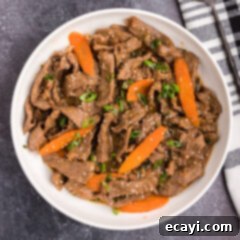
Beef Bulgogi
IMPORTANT – There are often Frequently Asked Questions within the blog post that you may find helpful. Simply scroll back up to read them!
Print It
Pin It
Rate It
Save ItSaved!
Ingredients
- 1 ½ pounds boneless beef ribeye steaks
- 3 Tablespoons olive oil
- 1 cup sliced carrots
- ⅓ cup sliced green onion green parts only
- 2 teaspoons sesame seeds
Marinade
- ½ cup chopped pears
- ⅓ cup chopped onion
- 1 ½ teaspoons packed brown sugar
- 1 Tablespoon honey
- ½ teaspoon minced ginger
- 2 teaspoons minced garlic
- 1 teaspoon Asian chili sauce
- ¼ cup low sodium soy sauce
Things You’ll Need
-
Wok
-
immersion blender
-
Chef’s knife
Before You Begin
- About 20 minutes before you begin this recipe, place the beef in the freezer. Having the beef nice and cold, but not solid, will make it easier to slice thin.
- Beef bulgogi should be very tender, so we tend to reach for cuts such as ribeye, sirloin, or even beef tenderloin when making it. You can certainly use flank steak as a more affordable alternative as it stir-fries really well, just ensure it’s sliced very thinly against the grain.
- If you like, you can reserve some of the marinade (before adding the raw beef) and mix it with a little cornstarch and water to make a flavorful gravy to serve with your bulgogi.
- Store leftovers in an air-tight container kept in the refrigerator for up to 4 days. Reheat over medium-low heat in a skillet or wok, adding a splash of water if needed to keep it from drying out.
Instructions
-
Slice beef thinly against the grain. This is essential for tenderness. Set aside.
-
Place all marinade ingredients into an immersion blender. Blend until smooth and no chunks remain, ensuring even flavor distribution.
-
Combine sliced beef and marinade in a plastic gallon zipper bag. Allow to marinate at room temperature for 1 hour (or up to overnight in the refrigerator for deeper flavor).
-
Add olive oil to wok and heat on medium-high until shimmering. Ensure the pan is hot to get a good sear.
-
Using tongs, remove the beef from the marinade bag, letting excess drip off, and place it in the hot skillet. Cook in batches if needed to avoid overcrowding.
-
Cook, stirring frequently, until no pink remains. This will be quick, about 2-4 minutes per batch. Do not overcook.
-
Add sliced carrots and cook, stirring occasionally, for 2-3 minutes, until crisp-tender.
-
Add green onion (green parts) and sesame seeds. Stir and cook for an additional minute to warm through and infuse flavors. Serve immediately.
Nutrition
The recipes on this blog are tested with a conventional gas oven and gas stovetop. It’s important to note that some ovens, especially as they age, can cook and bake inconsistently. Using an inexpensive oven thermometer can assure you that your oven is truly heating to the proper temperature. If you use a toaster oven or countertop oven, please keep in mind that they may not distribute heat the same as a conventional full sized oven and you may need to adjust your cooking/baking times. In the case of recipes made with a pressure cooker, air fryer, slow cooker, or other appliance, a link to the appliances we use is listed within each respective recipe. For baking recipes where measurements are given by weight, please note that results may not be the same if cups are used instead, and we can’t guarantee success with that method.
